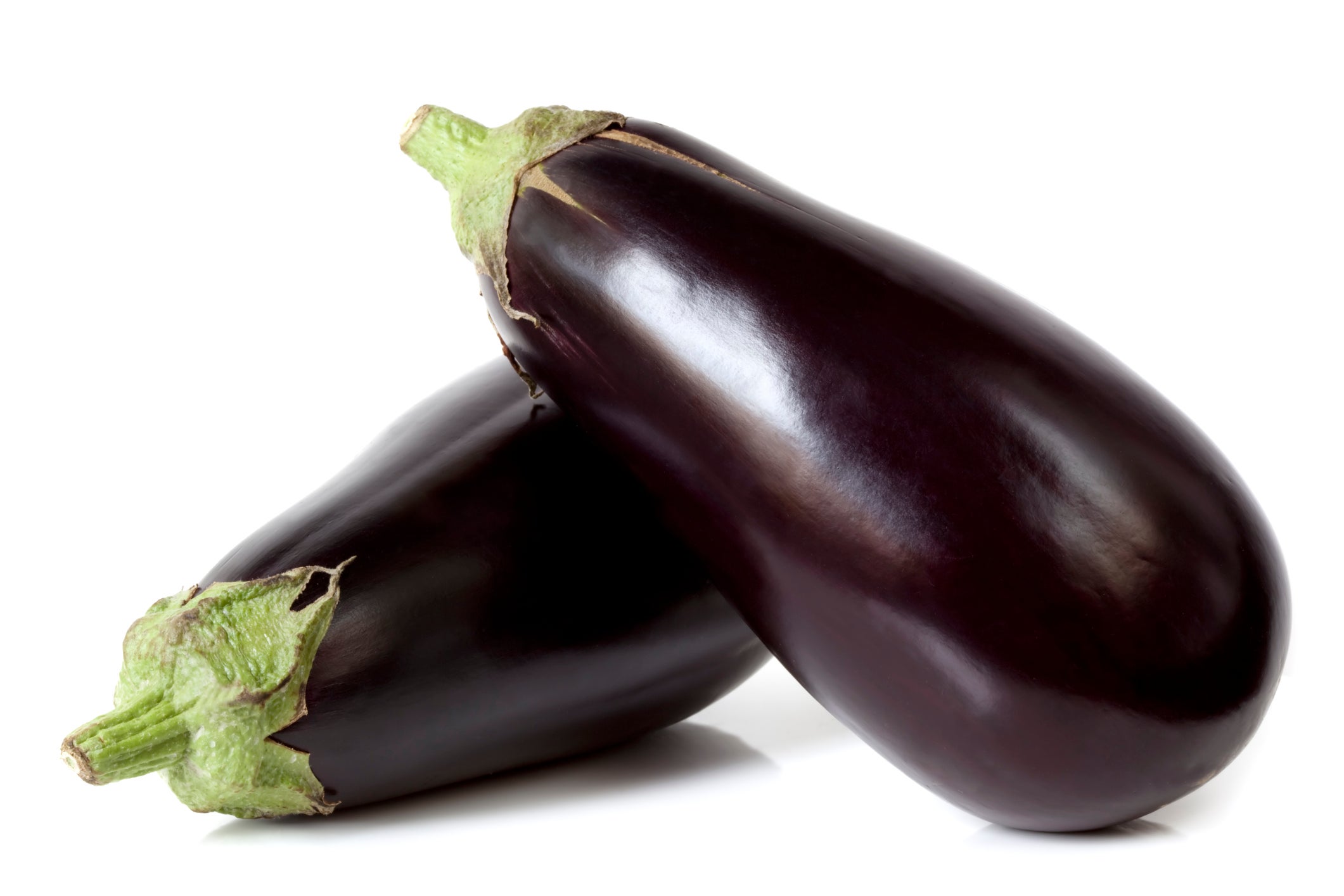Not long ago in this column, I wrote about the heart-healthy benefits of black beans and other legumes. You may recall that perhaps the most important attribute of beans is their fiber content, responsible for much of their good health outcomes.
But who wants to eat a steady diet of nothing but beans? Want more fiber and a dose of variety? I commend to you the humble eggplant.
Despite its beautiful shiny purple skin, I am aware that you may have some biases against eggplant. My wife and I had a young friend years ago who was often our dinner guest, and he was forever suspicious of what was on his plate after we served him eggplant once. It is certainly not one of America’s favorite foods. In fact, until perhaps 150 years ago in this county, the eggplant was more often used as an ornamental than as a food. But that beautiful shiny purple skin is more than an indicator of “skin deep” good looks. There’s a lot of good beneath the surface, too.
Like okra, the eggplant’s chief virtue is its soluble (viscous) fiber content. It is not an especially good source of vitamins, minerals or protein, but a 1 cup serving of cooked eggplant provides a full two grams of dietary fiber. And if you recall the last time you ate eggplant, you will know that the fiber is specifically the soluble, or viscous kind. In normal language, that means “slimy.” That’s why I would prefer to think of it as “smooth.” And also perhaps why people almost always eat eggplant with other things, not by itself.
By way of reminder, here’s why we (yes, you too) are excited about soluble (viscous) fiber. When a head-to-head research study pitted statin drugs against a diet high in soluble fiber as a strategy to reduce LDL cholesterol, the group getting high fiber did just as well as the statin prescription group, and they both equally decreased a dangerous inflammatory marker called CRP as well as they did LDL-cholesterol. The fiber diet consisted of high fiber grains such as oats and barley, almonds and specific vegetables known to be high in soluble fibers, especially eggplant and okra.
So, why do doctors reach for the prescription pad when faced with a patient with high cholesterol? Is it because they know we don’t like to change the way we eat? Are they right?
But for those willing to commit to these lifesaving foods, we have incontrovertible evidence that making high soluble fiber foods a habit can save your heart, and save your life.
And beyond heart health? The soluble fiber can also help normalize blood sugar by decreasing the speed with which sugar is absorbed. It also helps to regulate bowel function, improves colon health and speeds the removal of toxins from the body.
There are many ways to enjoy eggplant, and cultures around the world have recipes that celebrate its versatility. It can be as simple as cutting it into cubes and sautéing it with other vegetables in olive oil as a side dish. Or if you want to be really adventurous, you could prepare the delicious Indian dish Baingan Bhurta. There are simple ratatouille recipes that are somewhere in between those extremes, and you might surprise yourself by making such an interesting and delicious side dish!
So for the good of your heart, I invite you to be adventurous, cook something new, and explore enough recipes until you find one you love!
To your health!
Robert Pendergrast, MD








